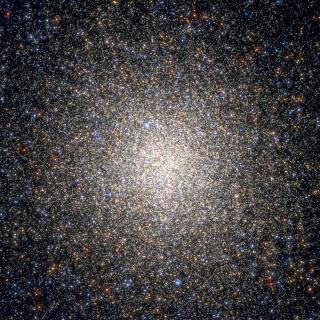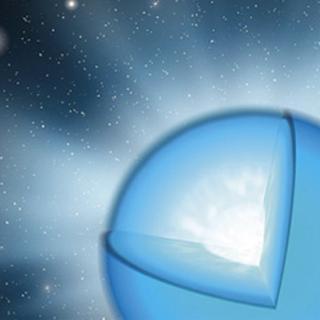Bibcode
Marín-Franch, A.; Herrero, A.; Lenorzer, A.; Najarro, F.; Ramirez, S.; Font-Ribera, A.; Figer, D.
Referencia bibliográfica
Astronomy and Astrophysics, Volume 502, Issue 2, 2009, pp.559-567
Fecha de publicación:
8
2009
Revista
Número de citas
10
Número de citas referidas
7
Descripción
Context: We present the results of a near-infrared photometric and
spectroscopic study of the star-forming region G61.48+0.09. Aims:
The purpose of this study is to characterize the stellar content of the
cluster and to determine its distance, extinction, age, and mass. Methods: The stellar population was studied by using color-magnitude
diagrams to select twenty promising cluster members, for which follow-up
spectroscopy was done. The observed spectra allowed a spectral
classification of the stars. Results: Two stars have emission
lines, twelve are G-type stars, and six are late-O or early-B stars. Conclusions: The cluster's extinction varies from AK_S =
0.9 to AK_S = 2.6, (or AV ˜ 8 to
AV ˜ 23). G61.48+0.09 is a star-forming region located
at 2.5±0.4 kpc. The cluster is younger than 10 Myr and has a
minimum stellar mass of 1.5± 0.5 × 10 3 M_&sun;.
However, the actual total mass of the cluster remains undetermined, as
we cannot see its whole stellar content.
Figures 2-4, are only available in electronic form at
http://www.aanda.org
Proyectos relacionados

Vía Láctea y galaxias cercanas
El objetivo general del Proyecto es el estudio de la estructura, historia evolutiva y proceso de formación de galaxias a través de sus poblaciones estelares resueltas, tanto a partir de fotometría como espectroscopia. El proyecto puede dividirse en cuatro líneas principales: I. Historia de formación estelar en el Grupo Local. El objetivo de esta
Martín
López Corredoira

Propiedades Físicas y Evolución de Estrellas Masivas
Las estrellas masivas son objetos claves para la Astrofísica. Estas estrellas nacen con más de 8 masas solares, lo que las condena a morir como Supernovas. Durante su rápida evolución liberan, a través de fuertes vientos estelares, gran cantidad de material procesado en su núcleo y, en determinadas fases evolutivas, emiten gran cantidad de
Sergio
Simón Díaz